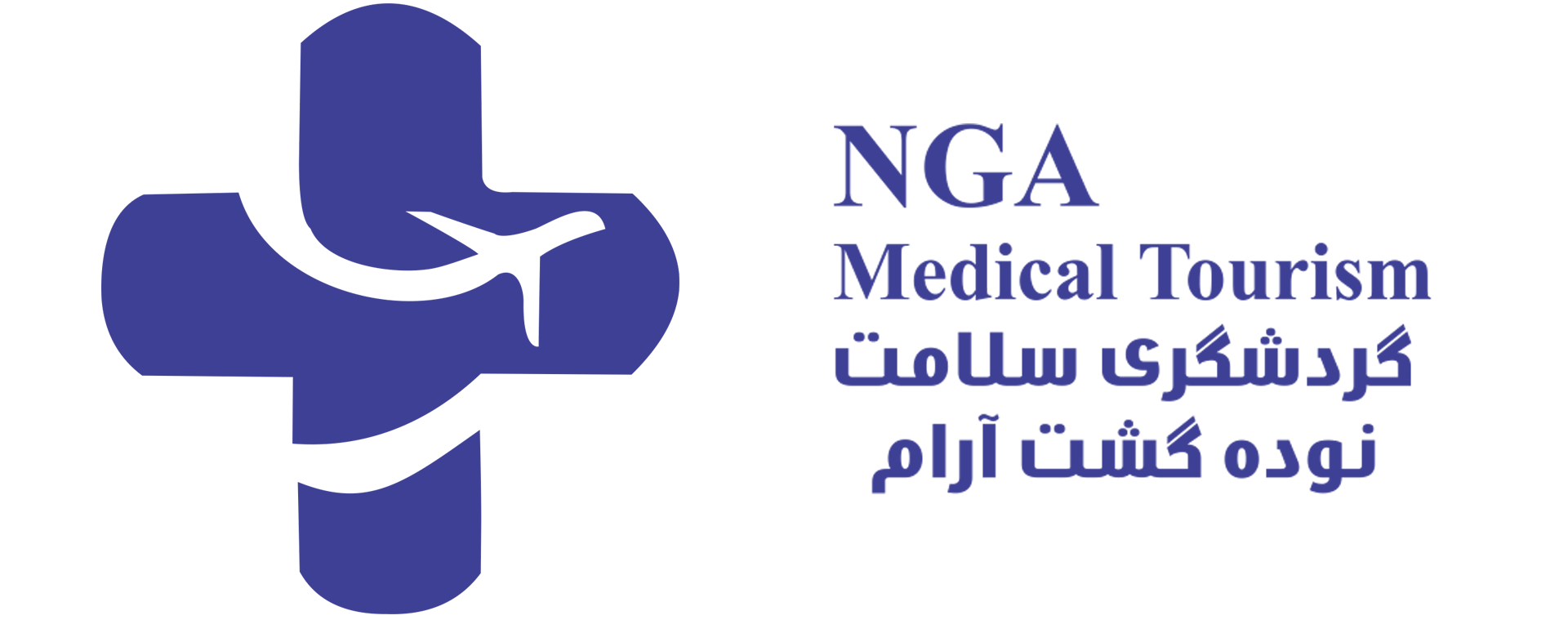All Departments
- Aortic valve stenosis (Aortic stenosis)
- arteriovenous malformations
- Avascular Necrosis
- Best cosmetic dentistry in Iran| Dental Treatment in Iran
- Breast Augmentation in Iran|Breast implant in iran
- Breast Reduction surgery
- Cancer in Iran: oncology in Iran
- Cardiology
- Cataract surgery in Iran
- Cochlear Implant Surgery in Iran
- Cosmetic Laser
- Cosmetic Surgery
- Ear cosmetic surgery
- Eye Care
- Eyelid surgery (Blepharoplasty)
- General Heart Surgery in Iran
- General surgery in Iran
- Glaucoma Treatment In Iran
- Hair Transplant
- Heart valve surgery
- lasik Eye Surgery
- Liposuction
- Non-Surgical Cosmetic procedures in iran
- Organ Transplantation in Iran
- Orthopedic
- Paget disease of bone
- Pediatrics
- Plastic surgery
- Psychiatry
- Radiology
- Rhinoplasty surgery in iran
- Shoulder Replacement Surgery
- SkinCare Treatment
- Spinal cord injury
- urolithiasis procedure in iran
- Urology
- Varicocelectomy
Opening Hours
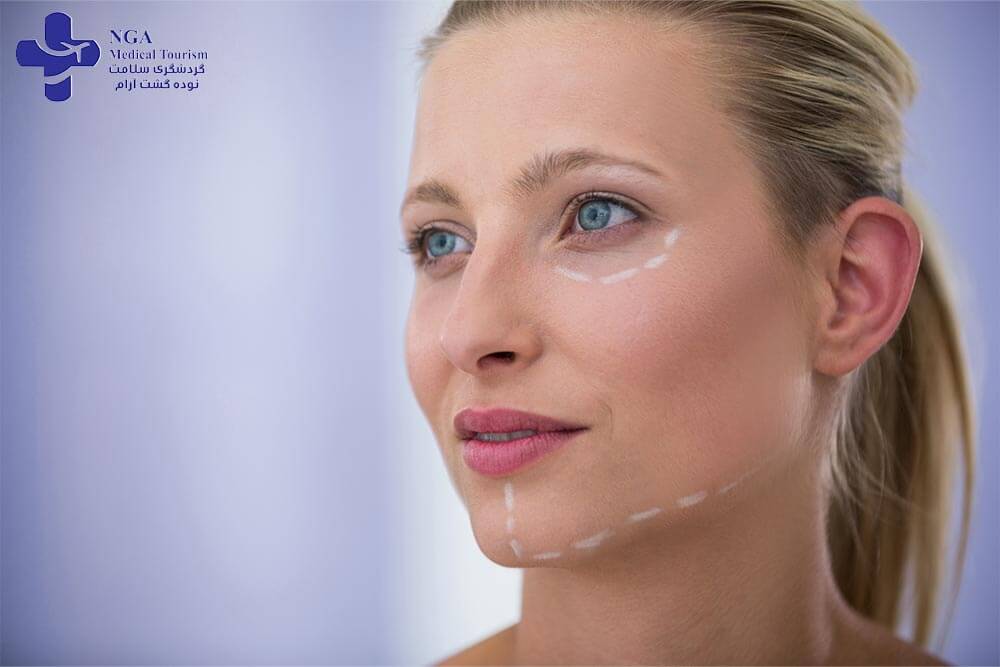
Plastic surgery
what is plastic surgery?
Plastic surgery in Iran is a branch of medicine that involves the restoration, reconstruction, or alteration of the human body. The term “plastic” in plastic surgery comes from the Greek word “plastikos,” which means “to mold or shape.”
Plastic surgery in Iran can be divided into two main categories: reconstructive surgery and cosmetic surgery.
Reconstructive surgery is aimed at restoring the function and appearance of body parts that have been damaged or lost due to injury, disease, or congenital deformity. Examples of reconstructive surgery include breast reconstruction after mastectomy, repairing cleft lip and palate, and reconstructing the face after a severe injury.
Cosmetic surgery, on the other hand, is aimed at improving a person’s appearance by reshaping or enhancing certain body parts. Examples of cosmetic surgery include breast augmentation, facelift, liposuction, and rhinoplasty (nose job).
Plastic surgery in Iran can be performed on any part of the body, including the face, breasts, abdomen, arms, and legs. It is usually performed by a plastic surgeon who is trained and certified in the specialty.
It is important to note that plastic surgery is a major medical procedure that carries risks and potential complications, and should not be taken lightly. Patients should carefully consider the risks and benefits of any surgical procedure, and should choose a qualified and experienced plastic surgeon to perform the procedure.
When plastic surgery is used?
Plastic surgery in Iran is used for a variety of reasons, including:
- Reconstructive purposes: Plastic surgery can be used to reconstruct body parts that have been damaged or lost due to injury, disease, or congenital deformity. Examples of reconstructive plastic surgery include breast reconstruction after mastectomy, repairing cleft lip and palate, and reconstructing the face after a severe injury.
- Correcting congenital defects: Plastic surgery can be used to correct birth defects such as cleft lip and palate, webbed fingers, or fused toes.
- Improving function: Plastic surgery can be used to improve the function of a body part, such as repairing a deviated septum to improve breathing or tightening abdominal muscles to improve core strength.
- Enhancing appearance: Plastic surgery can be used to enhance a person’s appearance by reshaping or enhancing certain body parts. Examples of cosmetic plastic surgery include breast augmentation, facelift, liposuction, and rhinoplasty (nose job).
- Reversing the effects of aging: Plastic surgery can be used to reverse the effects of aging, such as sagging skin or wrinkles, by tightening or lifting the affected areas.
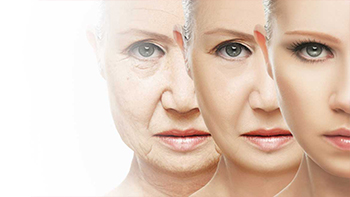
Plastic surgery in Iran techniques
There are several plastic surgery techniques in Iran used to achieve the desired results, depending on the specific procedure and the individual patient’s needs. Some of the most common plastic surgery techniques include:
- Incision: An incision is made in the skin to allow the surgeon to access the underlying tissues and make the necessary changes. The size and location of the incision depend on the specific procedure.
- Tissue removal: In some procedures, such as liposuction, excess tissue or fat is removed through small incisions using specialized instruments.
- Tissue manipulation: Tissue manipulation techniques, such as lifting or tightening, can be used to reshape or enhance specific body parts.
4.Grafting: In grafting procedures, tissue from one part of the body is transferred to another area that requires reconstruction or enhancement.
5.Implants: Implants, such as breast implants or facial implants, can be used to enhance the shape or size of a body part.
6.Suturing: Suturing techniques are used to close incisions and promote healing.
7.Laser technology: Laser technology is increasingly being used in plastic surgery to perform procedures such as skin resurfacing, hair removal, and tattoo removal.
8.Non-surgical techniques: Non-surgical techniques, such as injectable fillers and Botox, can be used to enhance or restore a more youthful appearance without the need for surgery.
Iran's Rising Reputation: The Appeal of Plastic Surgery in Iran
In recent years, Iran has gained recognition as a top destination for individuals seeking plastic surgery procedures specially in plastic surgery in Iran we see a significant progress. With a combination of highly skilled surgeons, innovative techniques, affordable costs, and a thriving medical tourism industry, Iran has established itself as a go-to country for cosmetic enhancements. This article explores the reasons why Iran has become a favorable choice for those considering plastic surgery, highlighting its exceptional medical professionals, advanced facilities, cultural considerations, and cost-effectiveness.
Exceptional Surgeons:
Iran is renowned for its highly skilled plastic surgeons who have received comprehensive training and possess extensive expertise in their field. They are known for their meticulous attention to detail and ability to deliver natural-looking results. Many Iranian plastic surgeons have trained internationally, bringing back the latest techniques and technologies to offer patients cutting-edge treatments.
2. Advanced Facilities and Equipment:
Iran boasts state-of-the-art medical facilities and clinics equipped with the latest advancements in plastic surgery technology. These facilities adhere to stringent international standards, ensuring a safe and sterile environment for procedures. From advanced imaging systems to modern operating theaters, Iran’s plastic surgery centers provide patients with access to world-class infrastructure.
3. Cultural Considerations:
Iranian culture places a great emphasis on beauty and aesthetics, which has fostered a culture of cosmetic enhancement. As a result, plastic surgeons in Iran have honed their skills to meet the demands of a discerning clientele. They understand the cultural preferences and individual needs of patients, allowing them to tailor treatments to achieve the desired outcomes while respecting cultural sensitivities.
4. Comprehensive Range of Procedures:
Iran offers a comprehensive range of plastic surgery procedures, catering to diverse aesthetic goals. Whether it is facial rejuvenation, body contouring, hair transplantation, or gender-affirming surgeries, Iranian plastic surgeons have the expertise to deliver exceptional results across various specialties. This extensive range of procedures ensures that patients can find suitable options to address their specific cosmetic concerns.
5. Privacy and Confidentiality:
Iran places a strong emphasis on patient privacy and confidentiality. Medical professionals adhere to strict ethical guidelines, ensuring that patient information remains confidential. This commitment to privacy and professionalism provides individuals with peace of mind and a sense of security throughout their plastic surgery journey.


Risks of plastic surgery
Plastic surgery in Iran, like any surgical procedure, carries some risks and potential complications. Some of the risks associated with plastic surgery include:
- Infection: Infection is a potential complication of any surgical procedure, including plastic surgery. Antibiotics are typically prescribed to reduce the risk of infection.
- Bleeding: Bleeding can occur during or after surgery, and in some cases, it may require additional surgery to stop.
- Scarring: Scarring is a potential side effect of plastic surgery, and the extent of scarring depends on the specific procedure and the individual’s healing process.
- Anesthesia complications: Anesthesia can cause side effects such as nausea, vomiting, and allergic reactions.
- Hematoma: Hematoma is a collection of blood outside a blood vessel that can occur after surgery. It may require additional surgery to correct.
- Nerve damage: Nerve damage is a potential complication of plastic surgery, which can cause numbness, tingling, or loss of sensation in the treated area.
- Unsatisfactory results: In some cases, the results of plastic surgery may not meet the patient’s expectations, which can lead to disappointment and dissatisfaction.
- Deep vein thrombosis (DVT): DVT is a blood clot that forms in a deep vein, typically in the legs, and can be life-threatening if it travels to the lungs.
Skin grafts
A skin graft is a surgical procedure that involves transplanting a thin layer of skin from one area of the body to another. Skin grafts are commonly used to treat skin wounds and burns that cannot heal on their own.
There are two main types of skin grafts: autologous grafts and allografts.
Autologous skin grafts involve taking skin from one area of the patient’s body and transplanting it to another area that requires skin coverage. This method is preferred because it reduces the risk of rejection and infection. The donor site can be closed with sutures or left to heal on its own.
Allografts, also known as skin grafts from a donor, are used when the patient’s own skin is not available or suitable for transplantation. The skin is typically obtained from a tissue bank and is matched as closely as possible to the recipient’s skin type. Allografts are more likely to be rejected and require immunosuppressive medications to prevent rejection.
Skin grafts are typically performed under local or general anesthesia, depending on the extent of the graft. The donor site and the receiving site are prepared and cleaned before the graft is performed. The donor skin is then secured onto the receiving site and covered with a dressing to protect it while it heals.
Complications of skin grafts may include infection, bleeding, poor healing, graft failure, and scarring. It is important to follow all post-operative instructions carefully to minimize the risk of complications and to achieve the best possible outcome.
Cost of plastic surgery
How Much Does Cosmetic and Plastic Surgery in Iran Cost? ; Liposuction, $3,637 ; Lower Body Lift (Belt Lipectomy), $7,924 ; Mommy Makeover, $10,000 – $20,000 ; Neck Lift ( …
Migraine Peripheral Trigger Site Surgery: $5,0…
Hernia Repair: $5,6007
Scar Revision: $500-$4,00010

Facial plastic surgery
Facial plastic surgery in Iran is a type of cosmetic surgery that involves altering the appearance of the face. The goal of facial plastic surgery is to improve the appearance of the face, either by correcting a specific feature or by enhancing overall facial harmony and balance.
There are many different types of facial plastic surgery procedures, including:
1. Rhinoplasty: A procedure to reshape the nose.
2. Facelift: A procedure to lift and tighten the skin of the face and neck.
3. Blepharoplasty: A procedure to remove excess skin and fat from the eyelids.
4. Brow lift: A procedure to raise the eyebrows and smooth forehead wrinkles.
5. Otoplasty: A procedure to reshape the ears.
6. Chin augmentation: A procedure to enhance the appearance of the chin.
7. Lip augmentation: A procedure to enhance the appearance of the lips.
Facial plastic surgery is typically performed by a plastic surgeon who has specialized training in this area. The procedure may be performed under local or general anesthesia, depending on the type of surgery and the preference of the patient and surgeon.
As with any surgical procedure, there are risks associated with facial plastic surgery, including bleeding, infection, and scarring. It is important for patients to carefully consider the potential risks and benefits of facial plastic surgery before deciding to undergo the procedure. Patients should also choose a qualified and experienced plastic surgeon to perform the surgery.
Frequently asked questions about plastic surgery in Iran
Plastic surgery is used to repair and reconstruct missing or damaged tissue and skin. The main aim of plastic surgery is to restore the function and appearance of tissue and skin so it’s as close to normal as possible.
With the advent of the superwet technique over tumescent liposuction, and proper training of board-certified plastic surgeons, the mortality rate dropped drastically, and liposuction is now considered one of the safest cosmetic procedures performed.
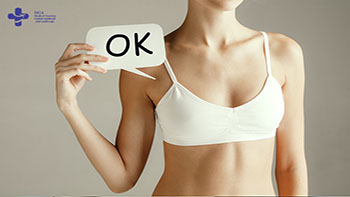
Breast augmentation
Breast augmentation is a surgical procedure to improve the size and shape of a woman’s breast. This is done by inserting full plants…
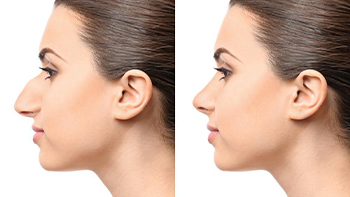
Rhinoplasty revision
Revised rhinoplasty, also known as secondary rhinoplasty, is a surgical procedure performed…

Rhinoplasty in Iran
Nasal plastic surgery, also known as “nose job”, is a surgical procedure that involves changing the shape or size of the nose.

Ear surgery
Ear surgery, also known as ear surgery, is a cosmetic surgery procedure determined to improve the appearance of the ears.
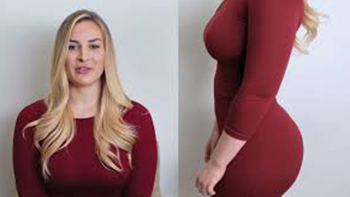
Brazilian butt lift (BBL)
Brazilian butt lift (BBL) is a cosmetic surgery procedure that involves the transfer of fat from one area of the body, such as the abdomen.

Breast removal
Breast lift, also known as breast fixation, is a surgical procedure to remove and reshape the sagging breast.
